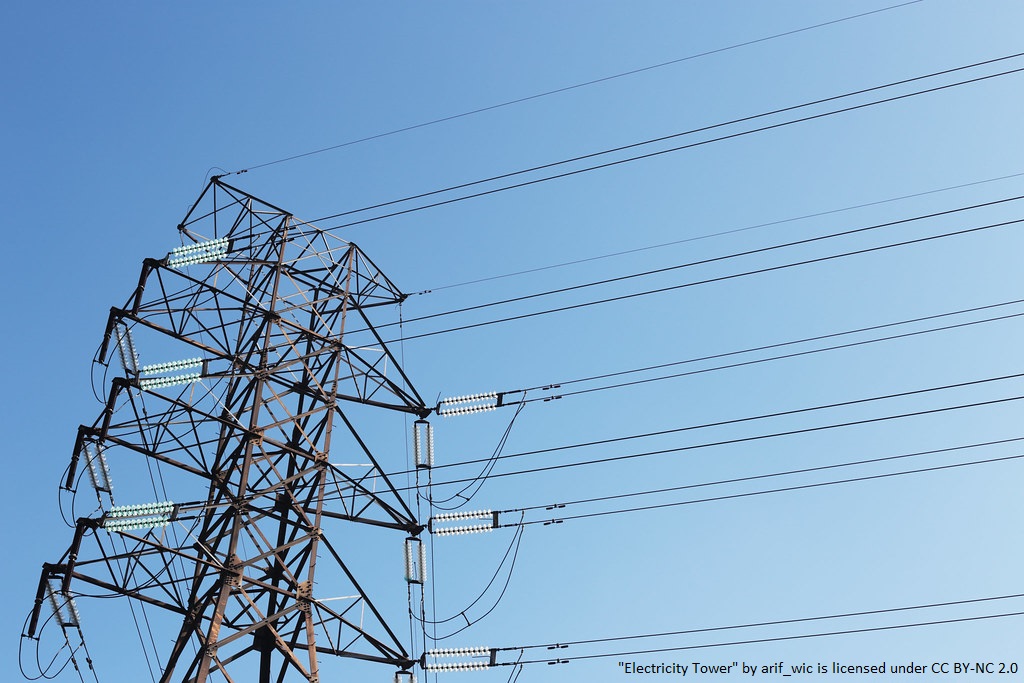In Gov. Gavin Newsom’s revised budget released last week, he asked for $5 billion to shore up the state’s electrical grid, calling energy reliability “an endless struggle” in California. And endless will it ever be as long as policymakers continue to pursue, with zero flexibility, an all-green energy portfolio by 2045.
Just as he did when he recently floated the idea to delay the closure of the Diablo Canyon Nuclear Plant in San Luis Obispo County, the governor is tacitly admitting that the development of renewable energy can’t keep up with the power lost from the scheduled closings of natural gas and nuclear facilities. The wind and solar replacement energy just can’t go online fast enough.
Let’s look at just one source of renewable energy and ask ourselves if it’s feasible.
The California Energy Commission recently proposed building 3 GW of offshore wind by 2030, on the way to between 10 GW and 15 GW in 2045. To reach just 3 GW will require 600 5 MW wind turbines, or 1,200 2.5 MW turbines, each of which typically have towers soaring 300 feet to 400 feet high, and 200-foot-long blades, for a total height of more than 600 feet. Their foundations, made of concrete and steel, can weigh from 500 tons to 8,000 tons, and they also need vast amounts of steel, copper, and composite fibers. Did the Energy Commission really consider the volume of materials – and time – needed to build the offshore capacity they’re expecting?
To get an understanding of how big such a project would be, take a look at plans from a few years back to build an $8.1 billion 2.1 GW wind farm in Wyoming that would be connected to California with a 525-mile power line. The plans required to finish it were so complex that Grist, an environmentalist publication, said it would make construction of the Hoover Dam “look like a middle school science project.”
That’s an interesting comparison, given that there’s a wide belief, not unfounded, that it’s become nearly impossible in today’s America to build public works projects like the Hoover Dam.
The Wyoming plan also highlights the “renewable energy paradox,” which refers to the environmental degradation of building wind and solar farms in pristine areas; mining for resources needed to build turbines and solar panels; and the extensive use of concrete, which activists have declared an environmental nuisance.
Here’s another fact that shows how rocky the road to all renewables is: Replacing the energy lost from the planned closure of the Diablo Canyon Nuclear Plant with wind power would require a land area six times the size of San Francisco. Devouring that much acreage is clearly “an attack on rural America,” where residents are objecting to wind farms lowering their property values and wrecking their viewsheds.
“They don’t want to see the red-blinking lights atop the turbines, all night, every night for the rest of their lives. Nor do they want to be subjected to the audible and inaudible noise the turbines produce,” says the Manhattan Institute’s Robert Bryce.
California finds itself in an awkward position. What the policymakers and activists who dominate state politics believe is progress is actually taking 39 million people backward, forcing a technology that’s not yet ready and a construction schedule that isn’t reasonable. Their stubborn march guarantees there will be a lot of dark days ahead.
Kerry Jackson is a fellow with the Center for California Reform at the Pacific Research Institute.

